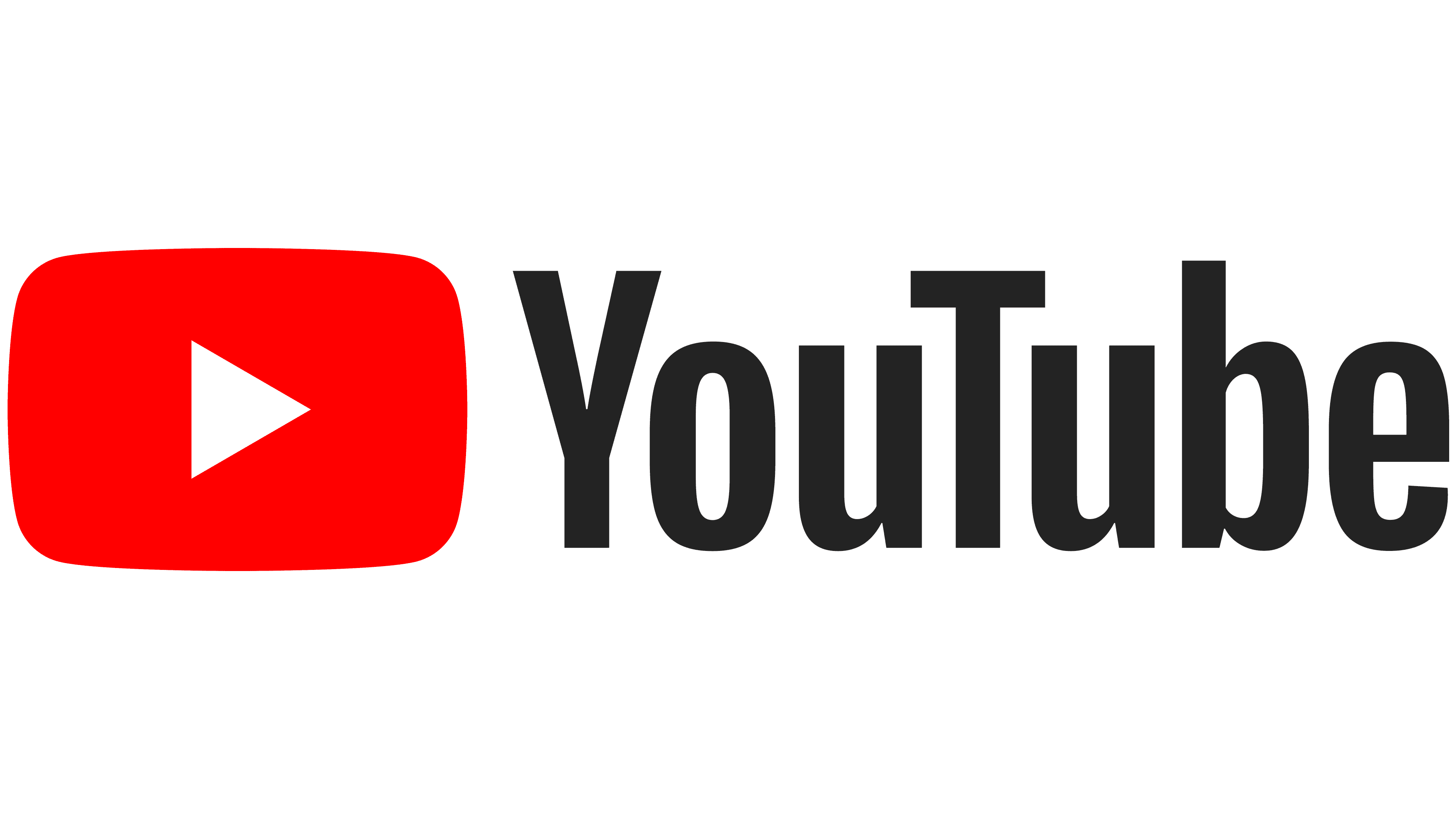The evolution of youtube
1. Introduction
This blog will examine YouTube's history, key features,
audience appeals, and my response. Did
you know that YouTube boasts 2.49 billion monthly logged-in users,
securing its position as the second-most popular social media channel? YouTube
was founded in February 2005 by three former PayPal employees: Chad Hurley,
Steve Chen and Jawed Karim. The founders created YouTube to provide a
convenient online platform for sharing user-generated video content.
Founding: YouTube was founded in 2005 by Chad
Hurley, Steve Chen and Jawed Karim; the founders created YouTube to provide a
convenient platform for sharing user-generated video content on the web (j, 2023).
Milestone: A
significant moment for YouTube was when Karim uploaded the first video, “Me at
the Zoo”, on April 23, 2005. This marked the launch of a platform that would
revolutionize how people share and consume video content online.
Visuals:
2005: Launch of YouTube, registration of its trademark
and domain, marking the beginning of the platform. Later, after that, the first
video was launched.
2006: Google acquired YouTube, providing the platform
with vital resources and infrastructure for rapid growth. The acquisition
allowed a significant investment in technology and user experience.
2012: First billion-hit video; this milestone highlighted
YouTube's massive reach and popularity, grounding its role as a significant
player in the digital landscape.
2021: Remove of dislike count; this change marked a
significant shift in how negativity is portrayed on YouTube. It aimed to reduce
negativity and promote a healthier community environment, reflecting ongoing
efforts to prioritise users' experience and safety.
Key features: what are the main features of YouTube? Video
upload and sharing: YouTube allows its users to upload a wide range of videos,
including vlogs, tutorials, and entertainment content, allowing users to create
and easily share their work with a global audience by uploading videos through their
YouTube accounts. (Learning, 2024)
Comparison/ audience appeal; Regarding video content,
YouTube has been the undisputed champion. Engagement is vital for social
media platforms, as it determines how the audience resonates. Facebook, Instagram, and TikTok’s algorithms favour content that generates likes, comments, and
shares, making it easy to build engagement. YouTube’s metrics are slightly
different, with watch time, comments and subscriptions being the primary
measures of engagement. (Zkiou, 2023)
Mini case study’s
Personal response:
YouTube is my go-to when watching tutorials or wanting to
learn something new. I like how I can search for all kinds of videos and find
them on YouTube. One of my most significant likes on social media sites is keeping the history
of the footage we just watched or how the algorithm chooses content based on
what I have watched previously. Overall, YouTube is one of my top 5 social media
platforms because of how it works.
Reference
j, S. (2023). A
history of YouTube. https://www.historytools.org/docs/youtube-history
Learning, A. (2024). What are the main features of YouTube? https://alchemlearning.com/what-are-the-main-features-of-youtube/
Zkiou, M. (2023). YouTube vs Other Social Media Platforms: A
Comprehensive Comparison of Pros and Cons. https://medium.com/@mt.zkiou/youtube-vs-other-social-media-platforms-a-comprehensive-comparison-of-pros-and-cons-e5decf417e55




Comments
Post a Comment